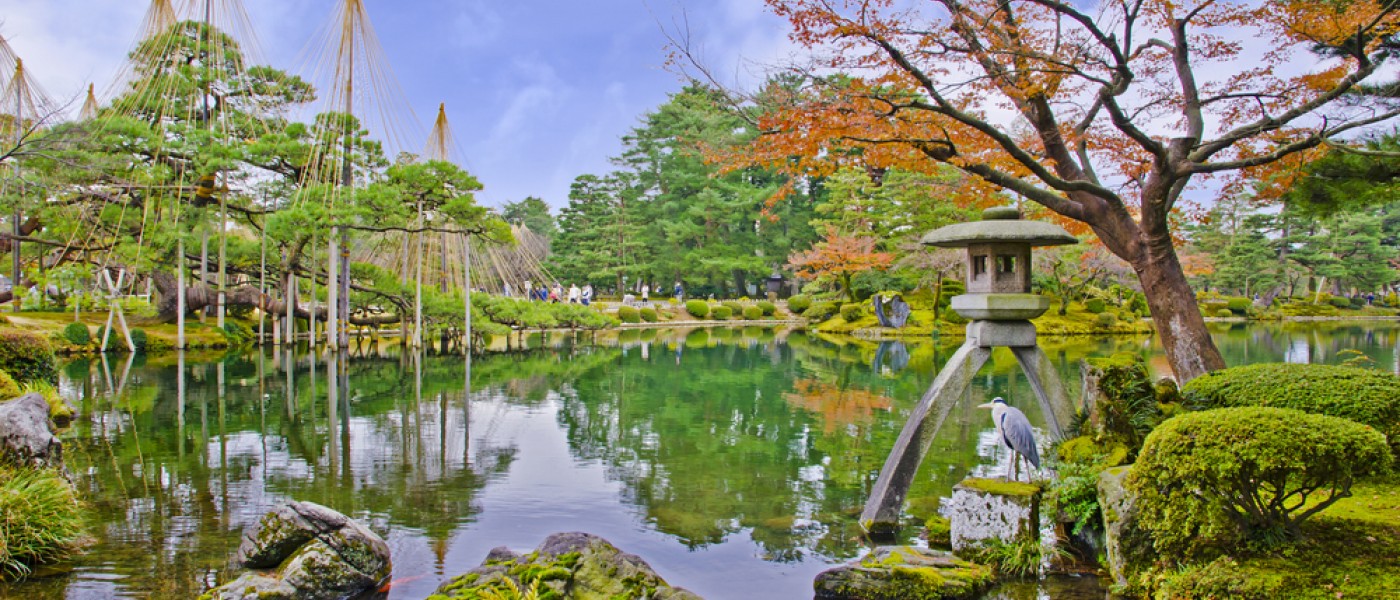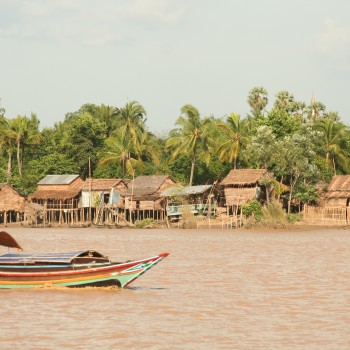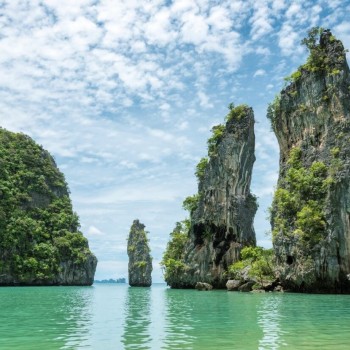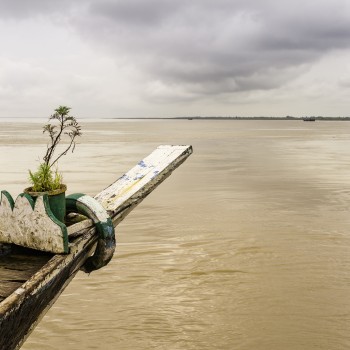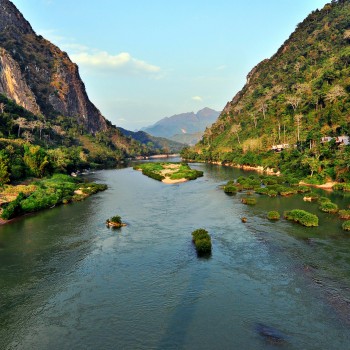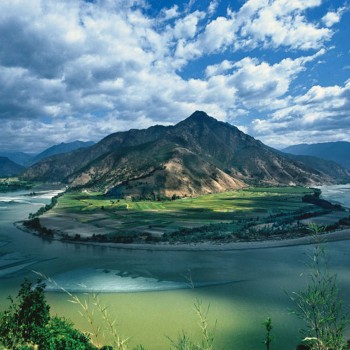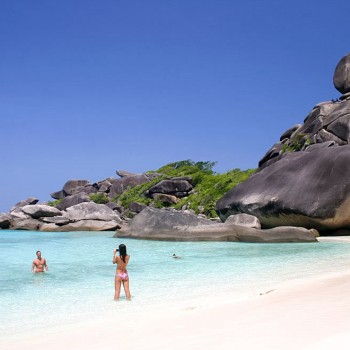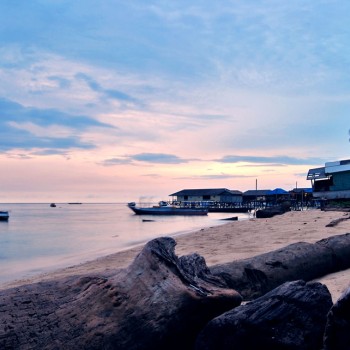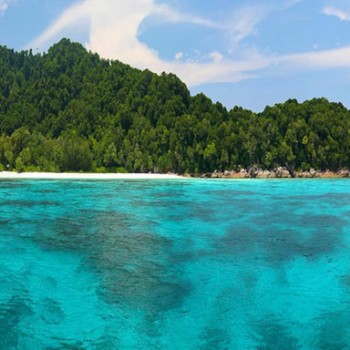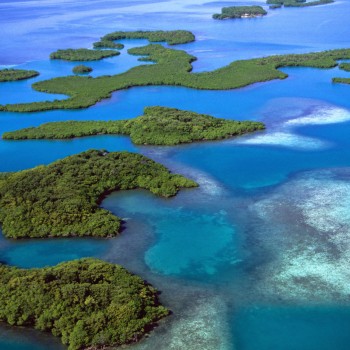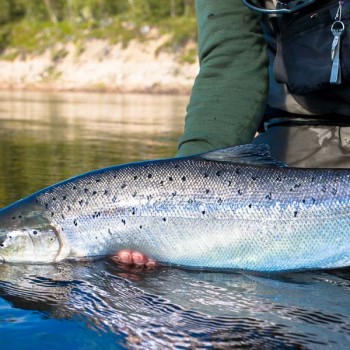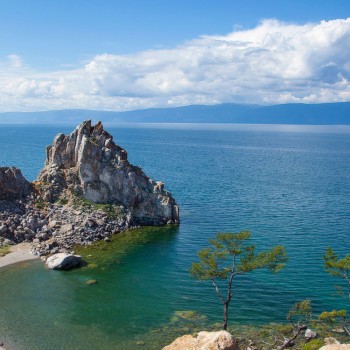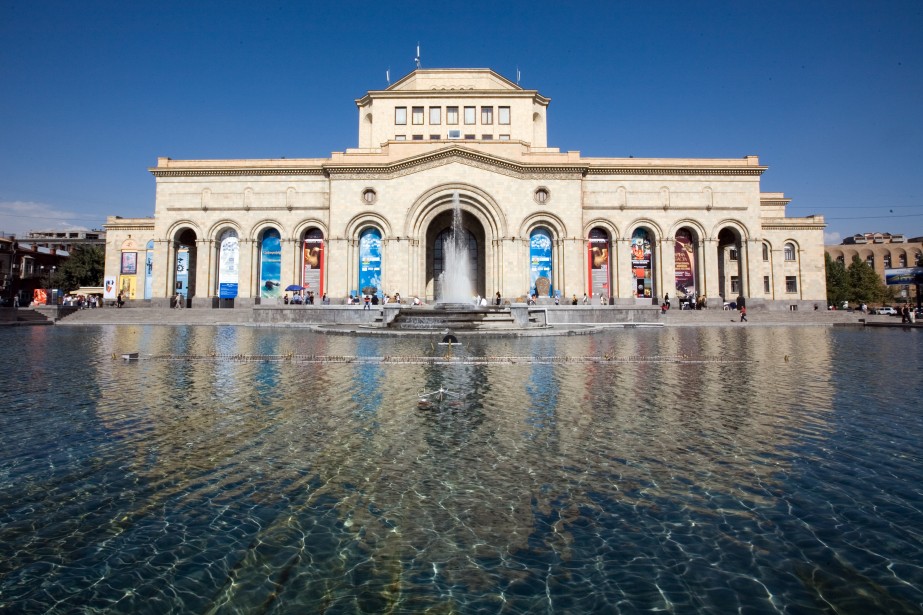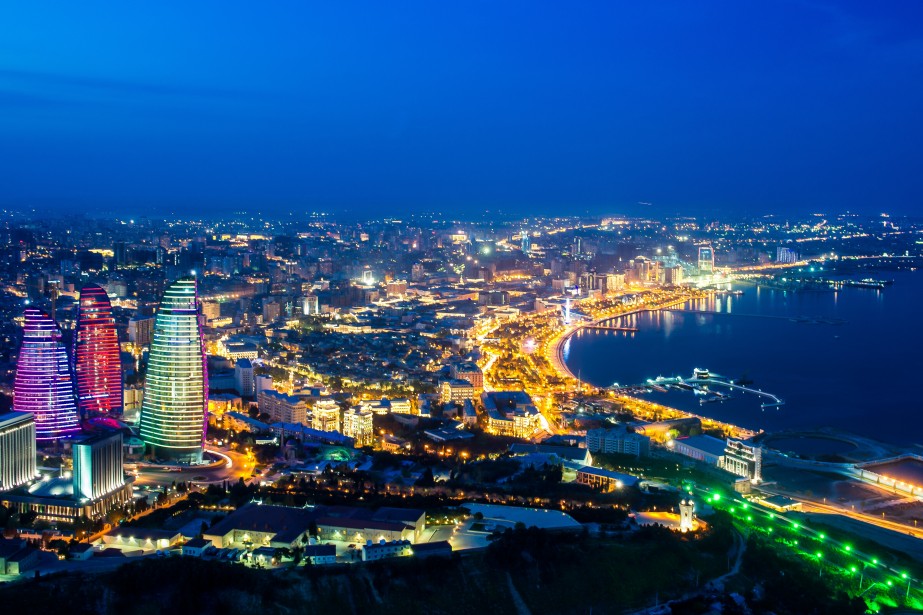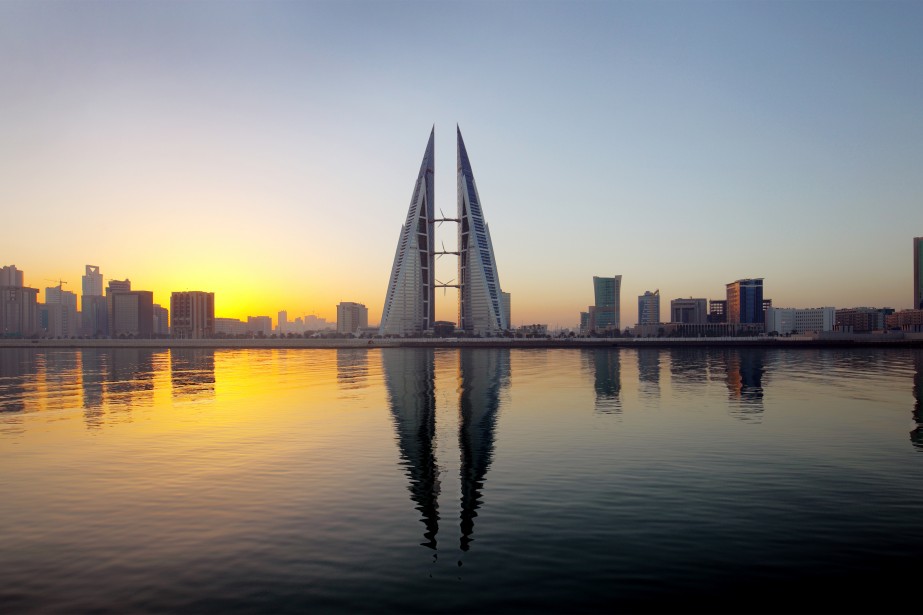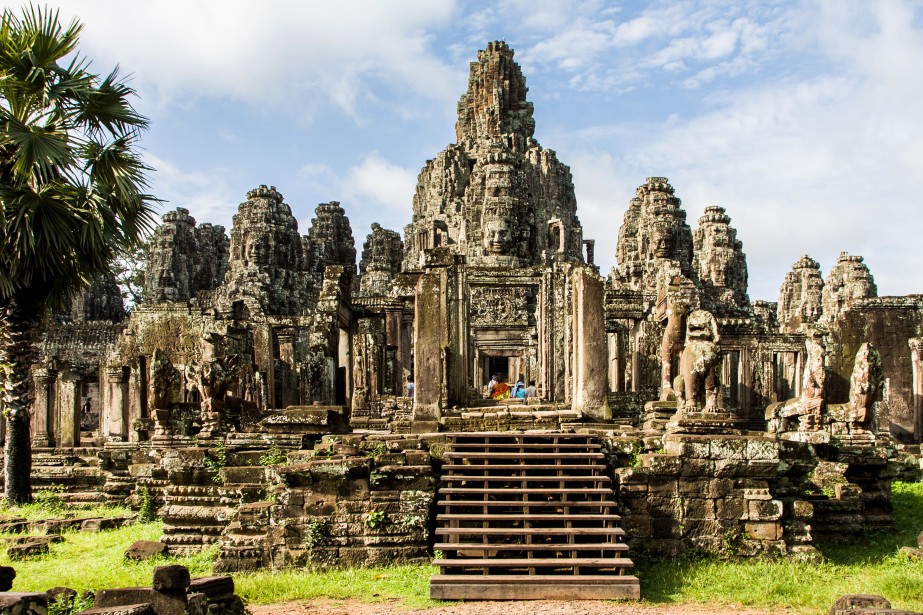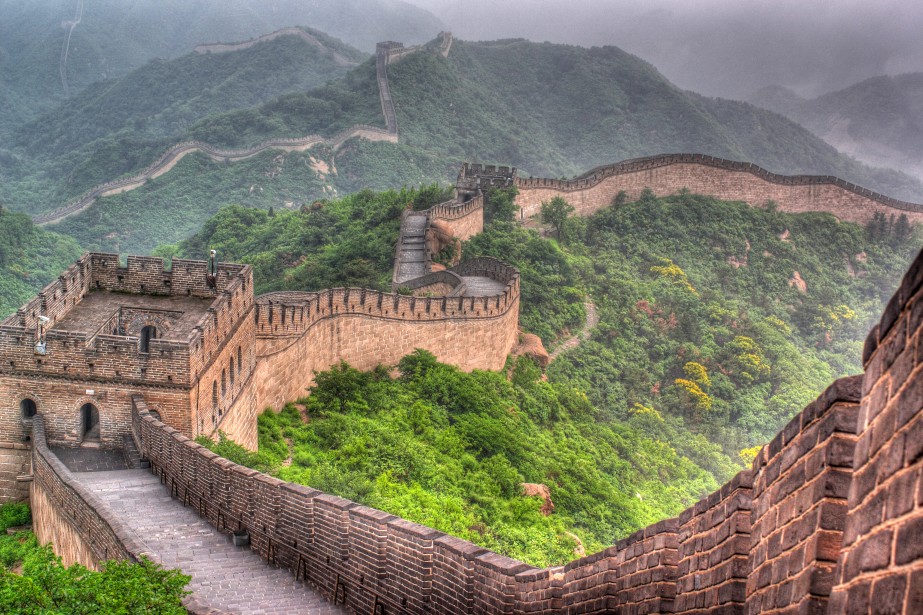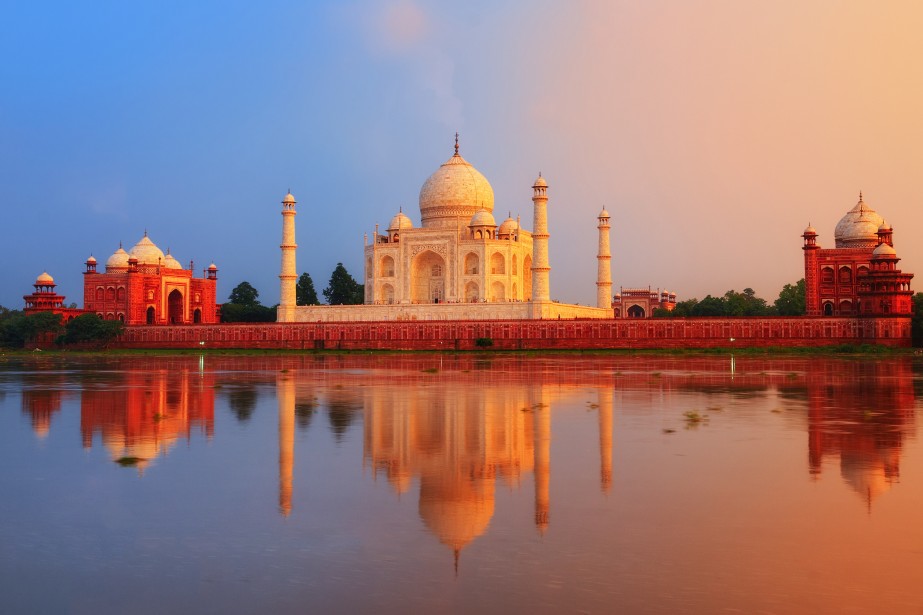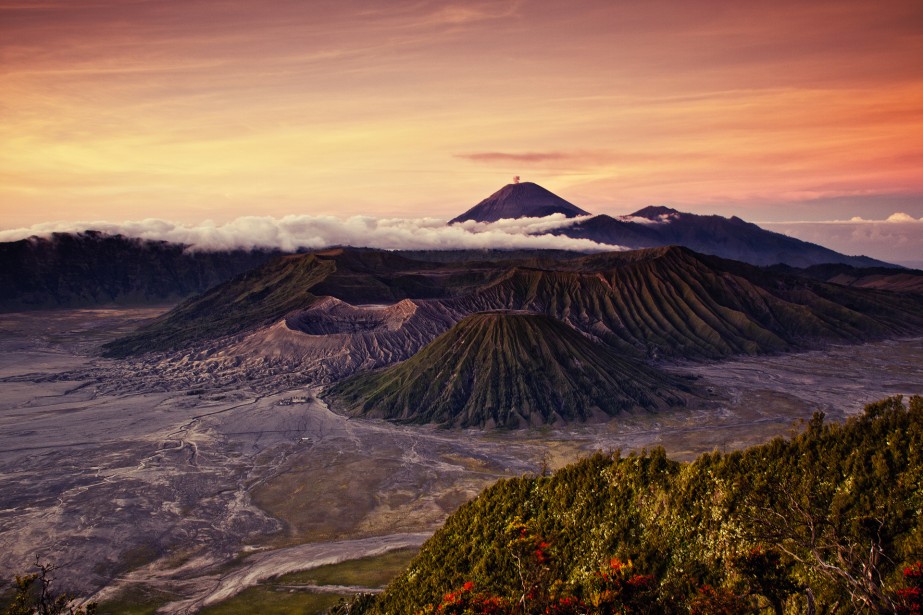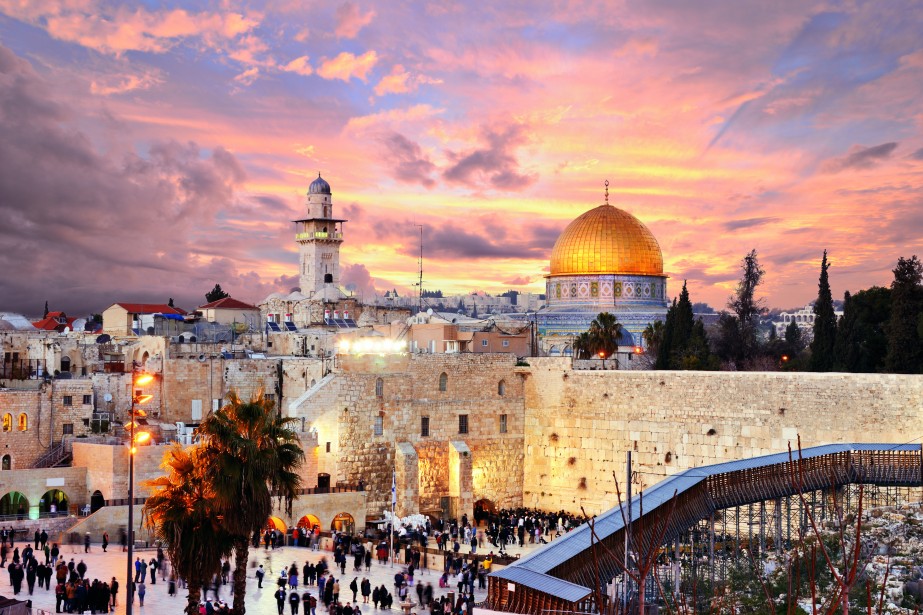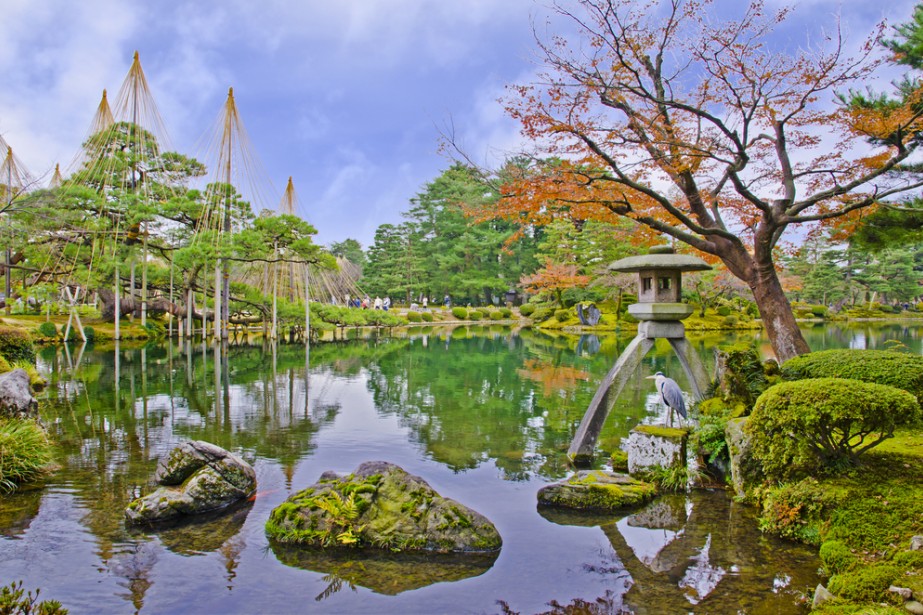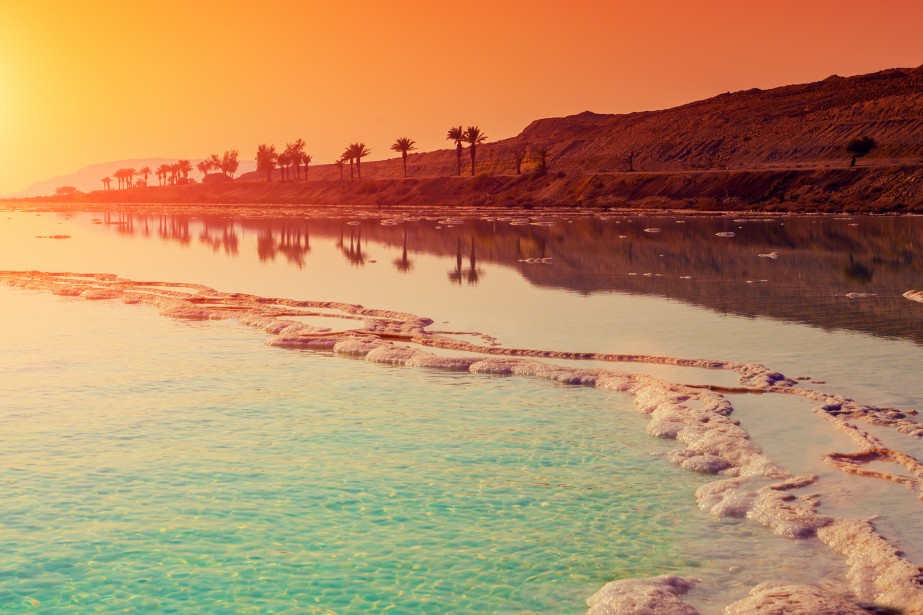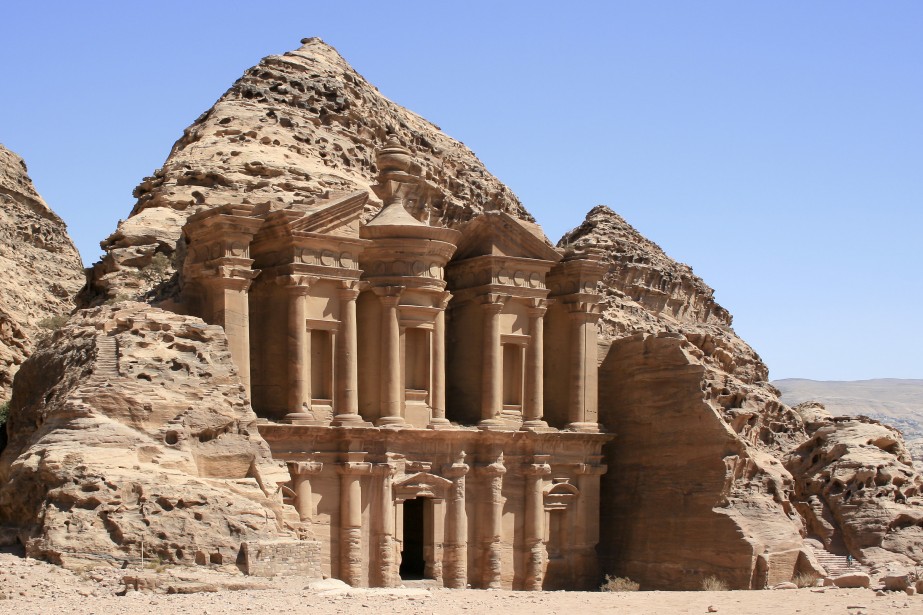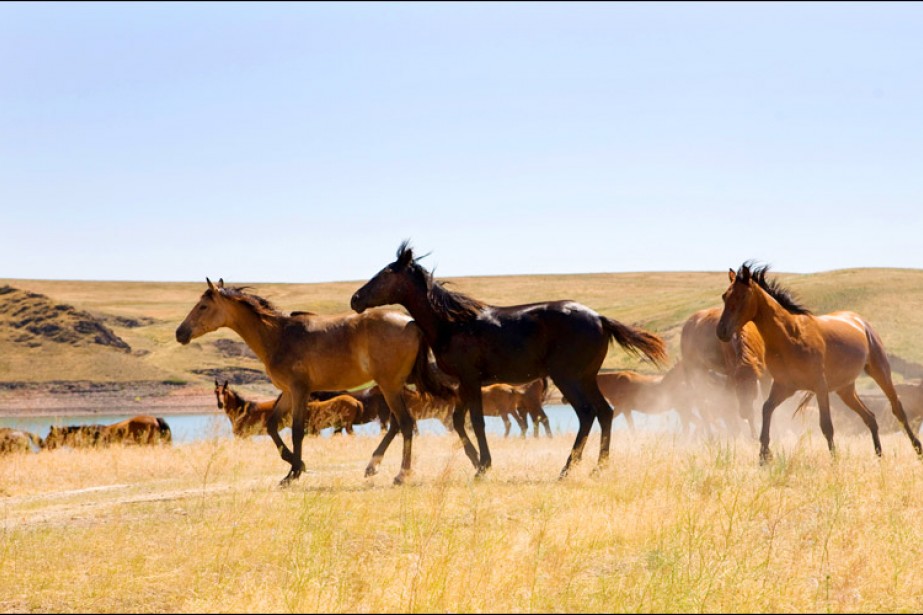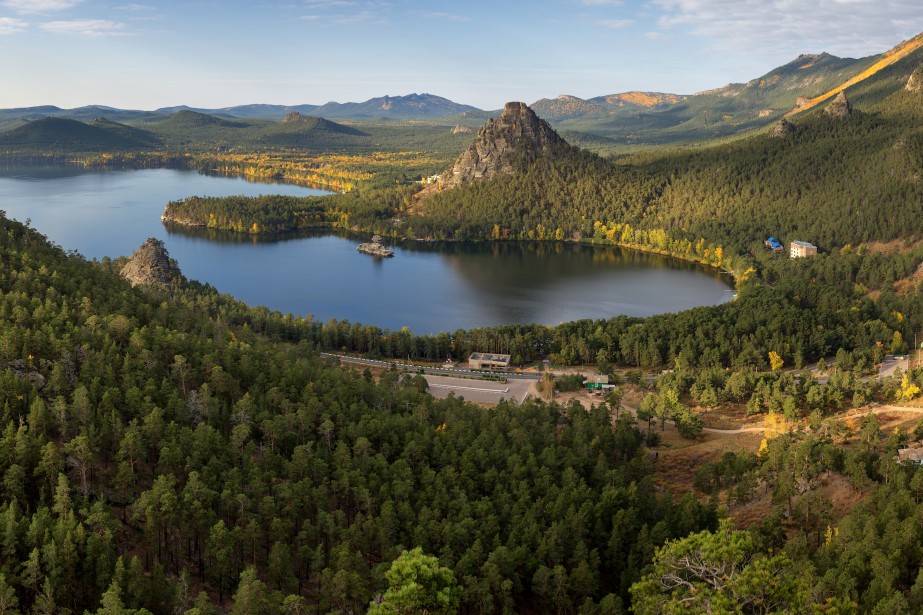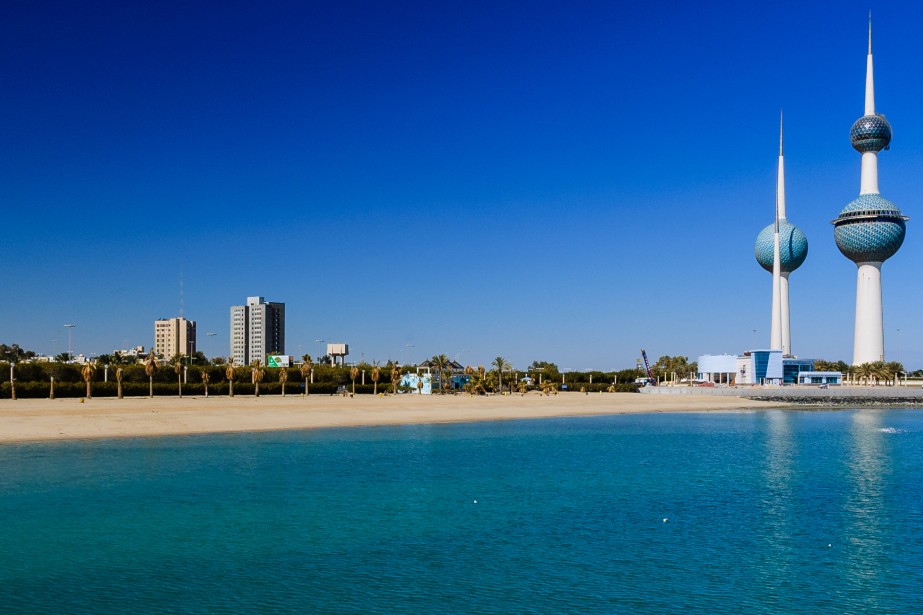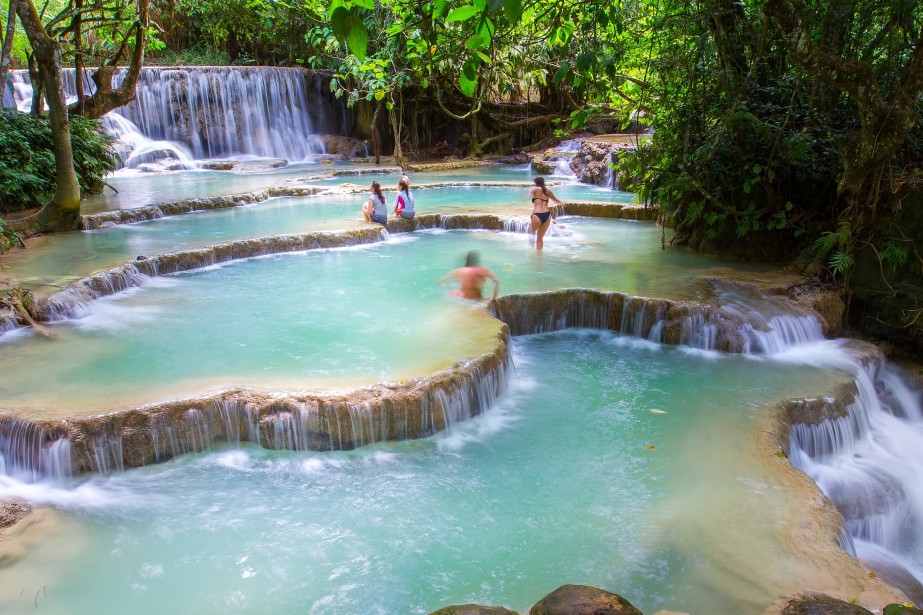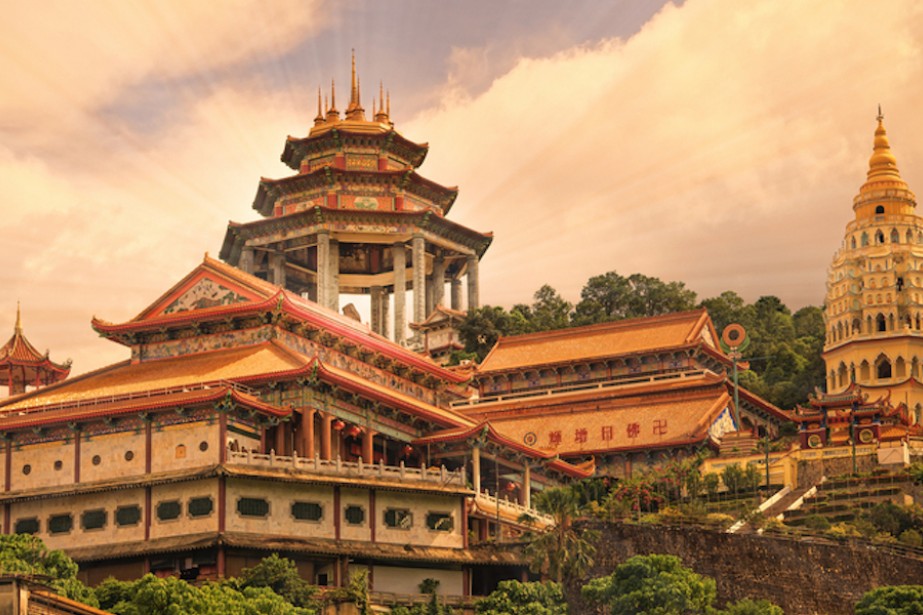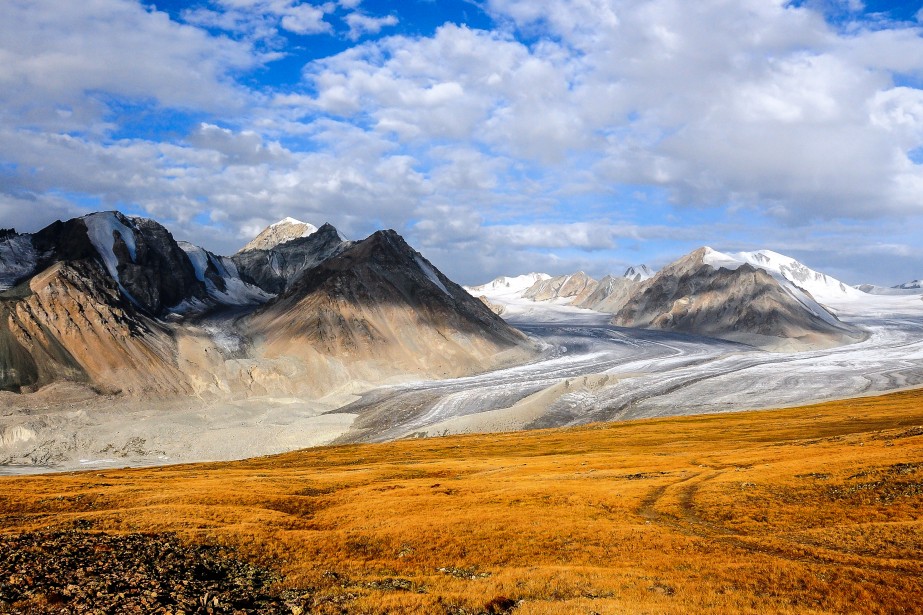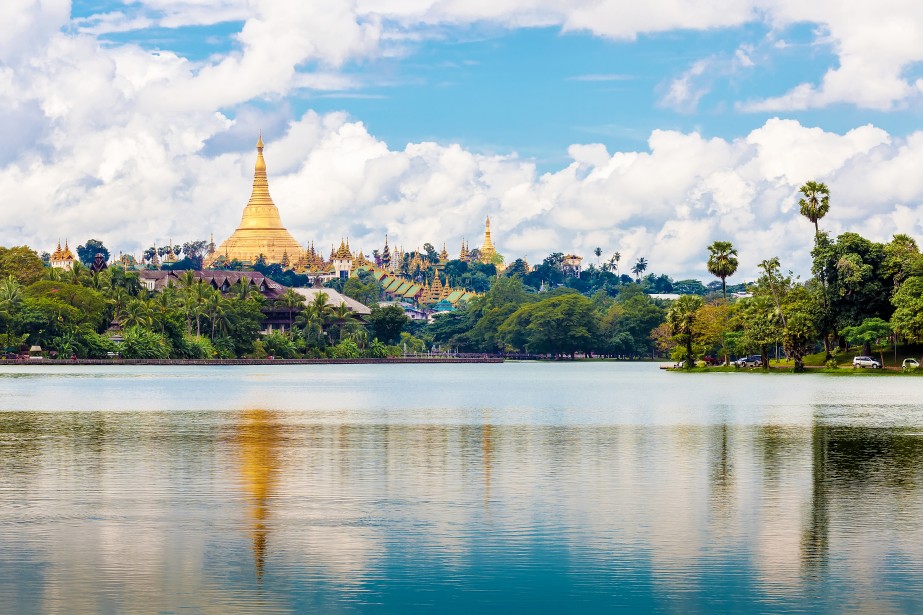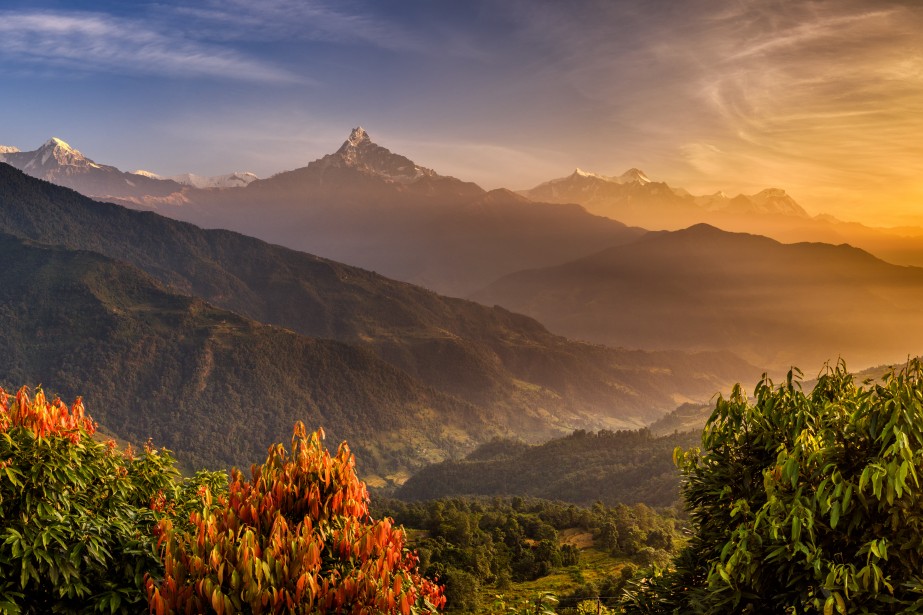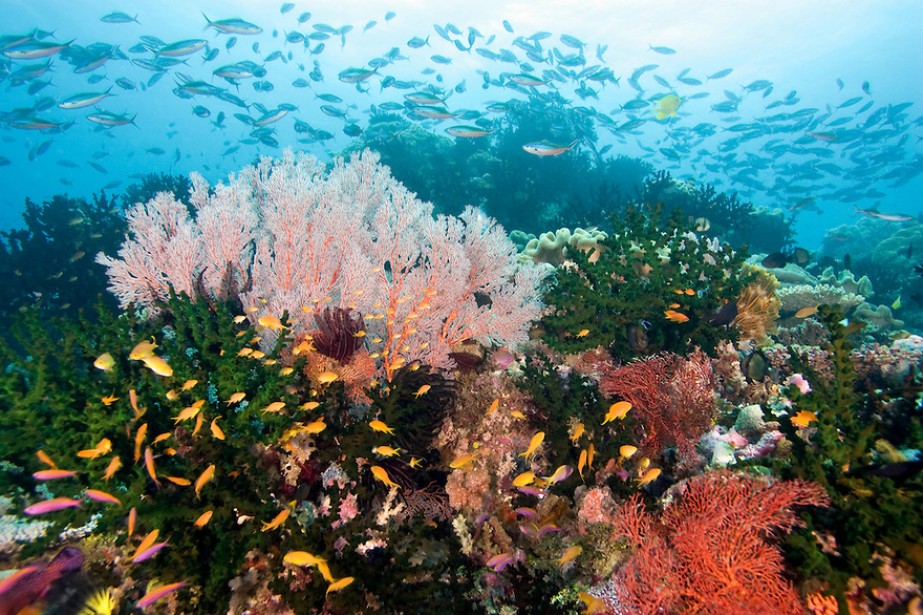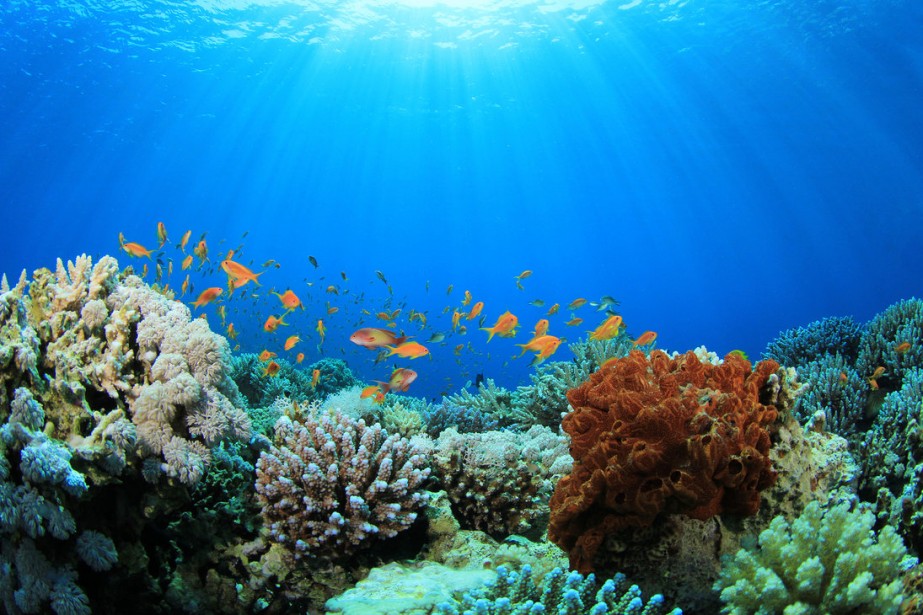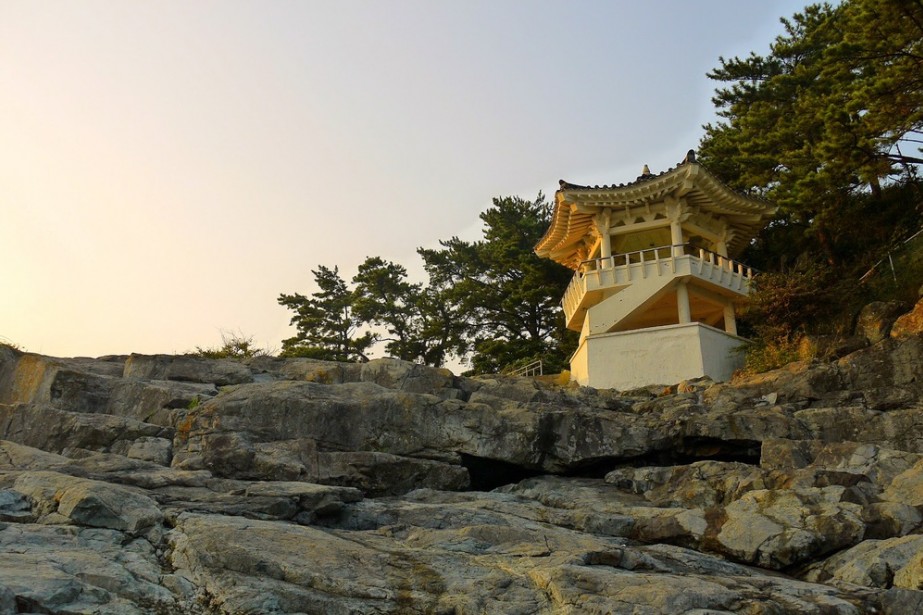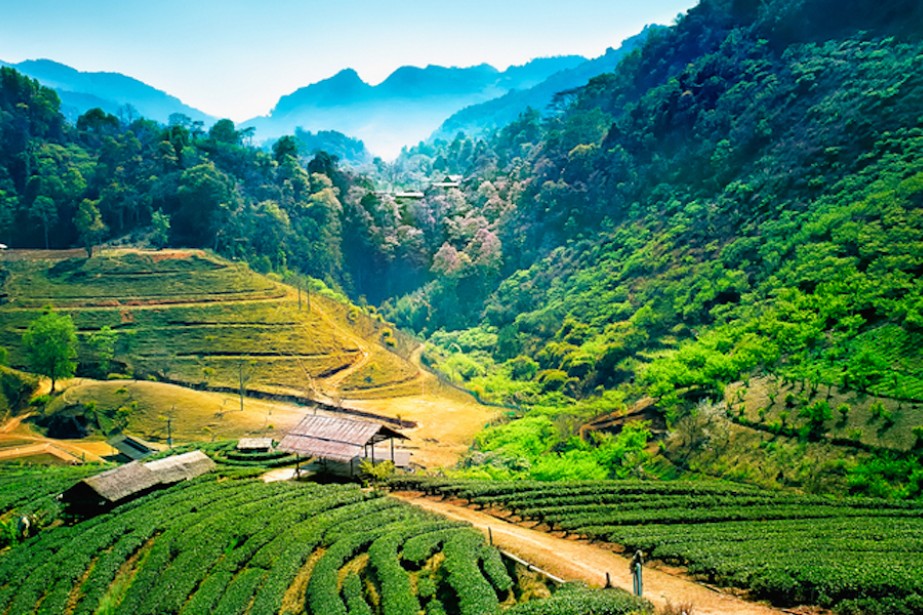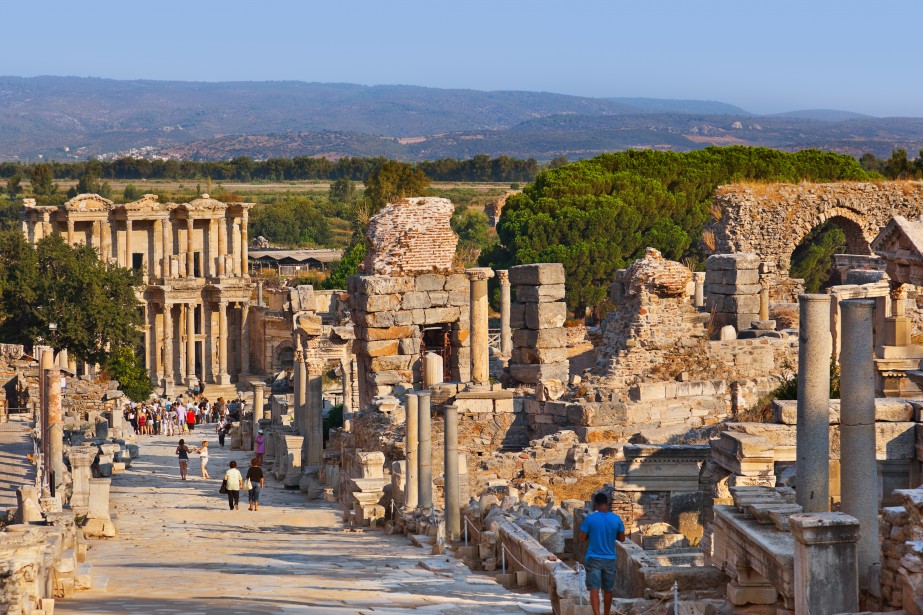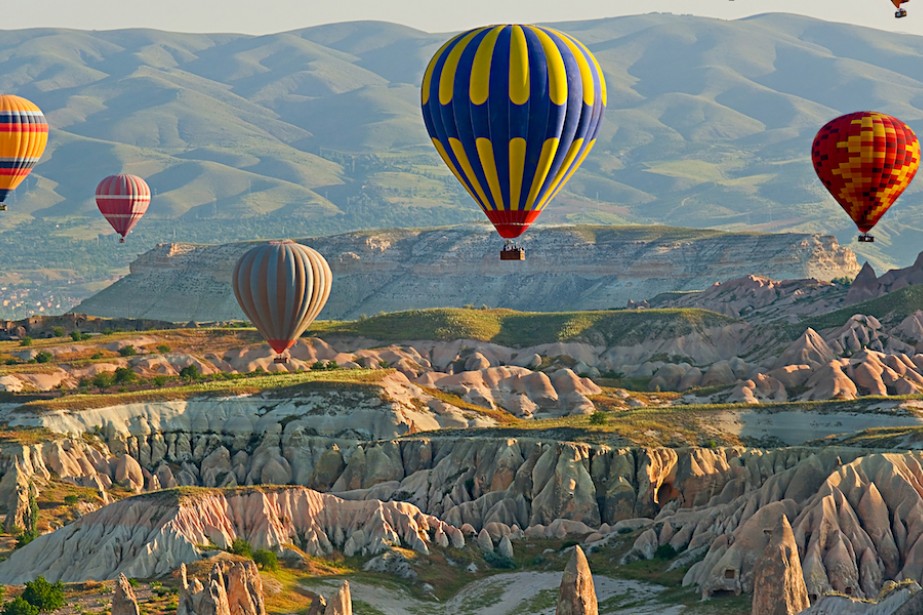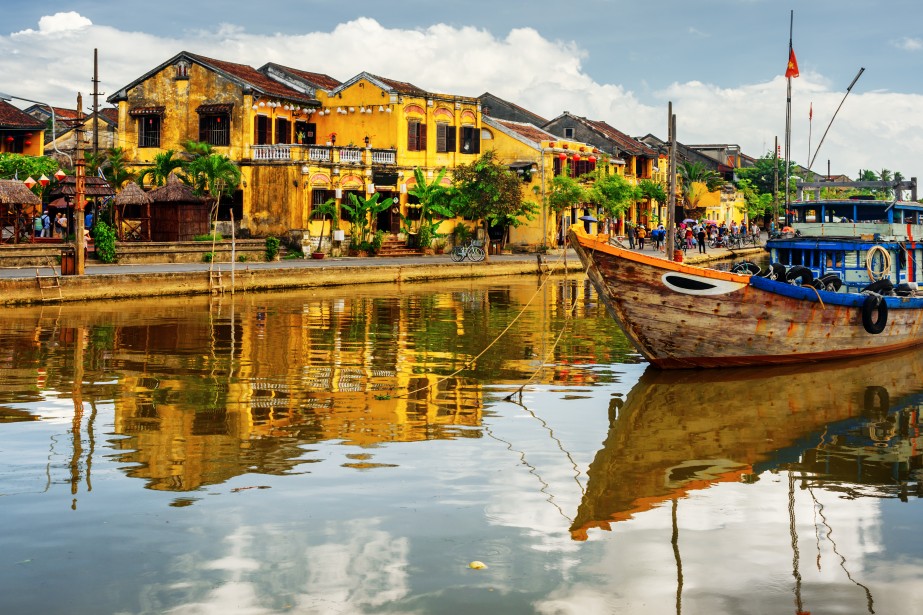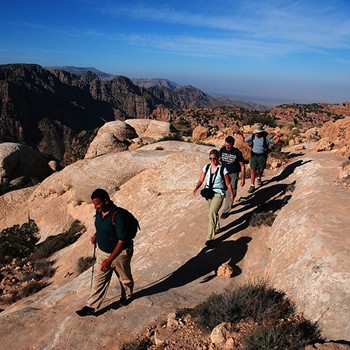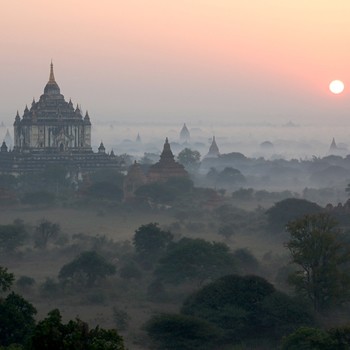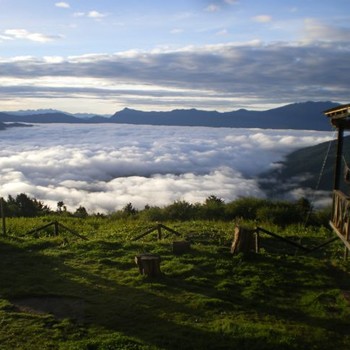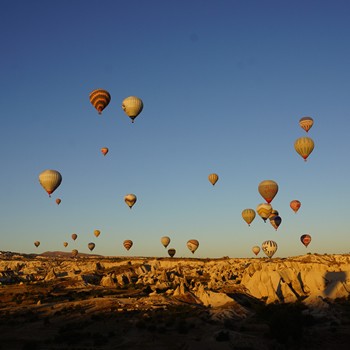Submitted by Theresa Matherne on July 28, 2016
Overview
A country where civilization has blossomed among majestic nature, Japan is a thriving country with so much to do. While it can be a more expensive place to travel, the experience is a one of a kind. Tokyo is what usually comes to mind when mentioning traveling to Japan, but its nature is the country’s best- kept secret.
By archaeological data, the islands of Japan were inhabited as far back as the upper Paleolithic period. It was first mentioned in Chinese texts from the 1st century AD. Its history is a combination of isolation with Chinese influences, with western European influence in modern history.
Tourists are often attracted to the locals’ natural enthusiasm and fun spirit as well as being fascinated by some popular things of Japan that the rest of the world may find unusual. Tokyo is the world’s largest metropolitan area, with over 35 million people, an also has the world’s largest agglomeration economy.
The country is entirely comprised of a stratovolcano archipelago, with an immense 6,852 islands. The largest islands are Honshu, Hokkaido, Kyushu, and Shikoku, with account for 97 percent of the country’s land mass. The capital city, Tokyo, has a population of 9.1 million and the country has 126 million people over all, making it the world’s tenth largest population.
When to Travel – Weather
New Year is one of Japan’s major travel seasons for both domestic and international travelers. While the weather in winter is not warm, with an average daily temperature of 50 degrees Fahrenheit in Tokyo, it is a season of holiday for the area. The weather is usually sunny in January and February and is also dry. Some major tourist attractions will be devoid of tourists during this time.
In the northern part of Japan as well as along the Sea of Japan, there is a lot of snowfall in the winter and it is a good time for winter sports. The only downside to visiting Japan in the winter is that the days are noticeably short and the scenery is barren.
April is often considered the very best time of year to visit due to the blooming cherry blossoms. The weather is considered pleasantly mild as well. Late April travel is dramatically increased due to school holidays as well as the start of the Golden Week, which is four holidays that happen with a week.
The summer months is considered the rainy season and where it doesn’t rain, it is extremely humid. Travel is not large within Japan during the summer months due to the wet and uncomfortable weather.
Food and Drink
Japanese cuisine is traditionally comprised of miso soup and rice, with a strong emphasis on seasonal ingredients. Side dishes commonly contain fish, pickled vegetables, and vegetables that have been simmered in broth. Because it is an island country, most traditional dishes contain fish. While it can be grilled, fish is often served raw while vegetables are deep-fried.
The Japanese dish sushi has become popular throughout the world and is made up of fish, typically raw, seaweed, and vinegared rice. Traditional sushi is unlike its modern counterpart and both will be found in Japan. Traditional sushi can be made of fish that have been skinned and gutted then filled with salt. After it has sat like that a long while, the sushi is ready to eat. More modern sushi is made of rice and fish rolls that have been wrapped with seaweed.
But sushi isn’t the other traditionally Japanese food, though it is the best-known. Okazu translates to side dish and it accompanies rice, though pasta can be served in place of rice. They are made to be matched up with rice and include fish, vegetables, or tofu. Any food that is eaten with rice can be called okazu, but furikake is not, even though it has rice. The difference is that furikake is made to add flavors to rice and not just be consumed next to rice.
Strictly vegetarian food in Japan is very rare since even the vegetable dishes are made with fish stock and tuna flakes. There is the shojin-ryori which was developed by Buddhist monks, but most people are pescetarian rather than vegetarian in Japan.
Traditionally Japanese drinks include green tea, which can be prepared in various forms, and sake, an alcohol that is made from fermented rice. Sake is usually not served with rice as it is considered the rice component to a meal.
Popular Vacation Spots
Miyajima: Located near Hiroshima, Miyajima is a beautiful island northwest of Hiroshima Bay. The island is one of the most scenic locations in Japan.
Hiroshima Peace Memorial Museum: Located in the Hiroshima Peace Memorial Park, the museum is dedicated to the legacy of Hiroshima as the first city in the world to be victim to a nuclear attack. The museum memorializes both direct and indirect victims.
Matsumoto Castle: Also known as the Crow Castle, Matsumoto Castle is a black castle that was the seat of the Matsumoto domain. The keep was completed in the 16th century and still has its original wooden interior and exterior stonework.
Jigokudani Snow Monkey Park: Part of the Joshinetsu Kogen National Park, it is located in the valley of the Yokoyu-River. Translated to mean “hell’s valley,” the park is full of steam and boiling water that bubbles out of the frozen ground. The hills are especially daunting as they are both cold and steep. There is heavy snowfall in the area and has a narrow footpath for entry, making it rarely crowded despite its popularity.
Fushimi Inari Taisha: The head shrine of Inari, this shrine sits at the base of the Mount Inari. The shrine is full of unusual orange trails to walk up the mountain as well as many smaller shrines in the area.
Tokyo DisneySea: This is Tokyo’s Disney theme park, located in Urayasu, Chiba. It is estimated to attract some 15 million visitors a year, making it the fourth most-popular theme park in the world. It holds the record as the fastest theme park to reach 10 million visitors, having done it in only 307 days. The entire park has a nautical theme.
Okinawa Churaumi Aquarium: Located in the Ocean Expo Park in Okinawa, the aquarium is one of the largest aquariums in the world. The aquarium has four floors of tanks, which include animals such as sharks, coral, and a huge variety of tropical fish. The aquarium also has dolphin shoes and a manatee exhibit.
Kenrokuen Garden: One of the Three Great Gardens of Japan, the Kenrokuen Garden is famous for its beauty in every season. It was originally developed in the 17th century by the Maeda clan.
Sanjusangendo Hall: A Buddhist temple in Kyoto, the temple is made up of a long, dark hall. The temple’s name literally means “Hall with thirty-three spaces in between columns,” referring to the temple’s architecture.
Roppongi Hills: One of Tokyo’s largest developments, the property is a mega-complex that contains apartments, offices, shops, movie theaters, and restaurants. The centerpiece is the Mori Tower, which provides amazing views of the cities, including the famous Tokyo Tower.
Tokyo Tower: A communications and observation tower, Tokyo Tower stands over 1,000 feet tall. The structure strongly resembles the Eiffel Tower.
Practical Information
Currency
As Japan is one of the largest cities in the world and is westernized, it is full of ATMs and money exchange places. The national currency is the Yen. Nearly everywhere in Japan will accept major credit cards without issue. Denominations of yen are coins in 1, 5, 10, 50, 100, and 500 and banknotes of 1000, 5000, and 10000.
Cash is still the preferred method of payment, especially if you are purchasing a small amount. Large bills are commonly used and accepted everywhere. You will not be put off by needing to use a 10000 yen banknote for a small purchase, but using a credit card for a small purchase may give you grief. Using smaller notes for taxis, shrines, and small shops will be more appreciated and it is best to keep cash on hand if you are traveling through rural areas.
Tipping is not expected in Japan and the locals never tip. If you leave money on a table for the waiter, you can expect to be chased down to return it to you. You may leave money for your hotel’s maid or a guide, but the money will need to be placed in an envelope and handed to the person directly. In these circumstances, handing someone cash directly is very uncouth.

